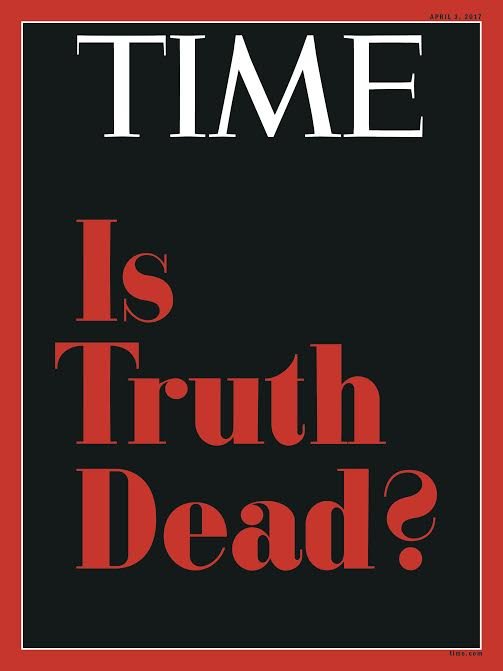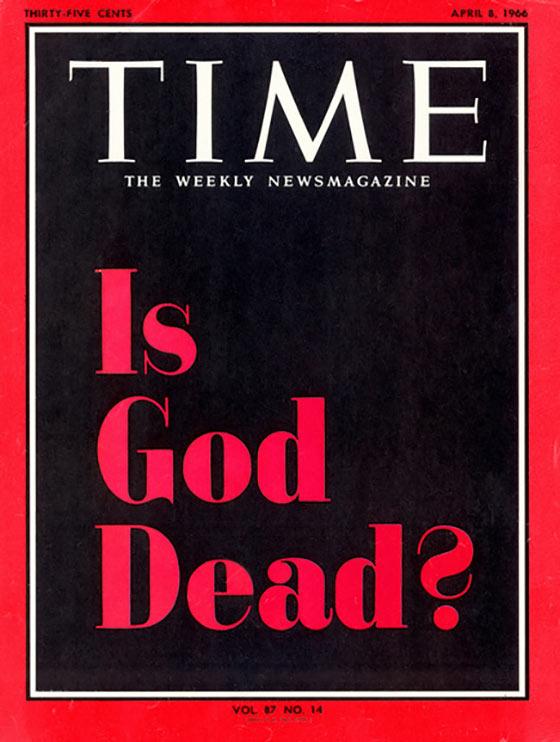
Invoking a graphic design
first used in its trademark 1966 cover story, “Is God Dead,” the latest edition of Time magazine poses the more contemporary question: “Is Truth Dead?”
The
cover story draws primarily on an exclusive interview with President Donald Trump exploring a number of
falsehoods and alternative facts, including his thus-far-unsubstantiated accusation that President Barack Obama wiretapped him during his campaign and his equally unsubstantiated claim that 3 million
undocumented immigrants voted in the presidential election, as well as other fanciful allegations.
"The more the conversation continued, the more the binary distinctions between
truth and falsehood blurred, the telltale sign of a veteran and strategic misleader who knows enough to leave himself an escape route when he tosses a bomb,” Time magazine’s
Michael Scherer says of his interview with President Trump.
advertisement
advertisement
“Rather than assert things outright, he often couches provocative statements as ‘beliefs,’ or attributes them to
unnamed 'very smart people.' During the campaign, he claimed falsely that Texas Senator Ted Cruz’s father had consorted with the assassin who killed John F. Kennedy. Now as President, Trump
argued that he had done nothing wrong by spreading the fiction, since it had been printed in the National Enquirer, a tabloid famous for its unconventional editorial standards," he says.
“Trump has discovered something about epistemology in the 21st century,” Scherer continues. “The truth may be real, but falsehood often works better.
"It is for this same reason
that Russia deployed paid Internet trolls in the 2016 campaign, according to U.S. investigators, repeatedly promoting lies on U.S. social networks to muddy the debate. In the radical democracy of
social media, even the retweets of outraged truth squadders has the effect of rebroadcasting false messages.
'Controversy elevates message. And it keeps the President on offense… Since
winning the White House, Trump has employed this weapon at specific times, often when he is losing control of the national story line. He pulled the trigger on Nov. 27, a day after Clinton’s
vanquished campaign agreed to join in a recount of votes in Wisconsin. Over the course of that day, Trump sent out 11 tweets, averaging 18,440 retweets, expressing his outrage over the situation. But
the two most widely read and shared, by wide margins, were the false ones."
